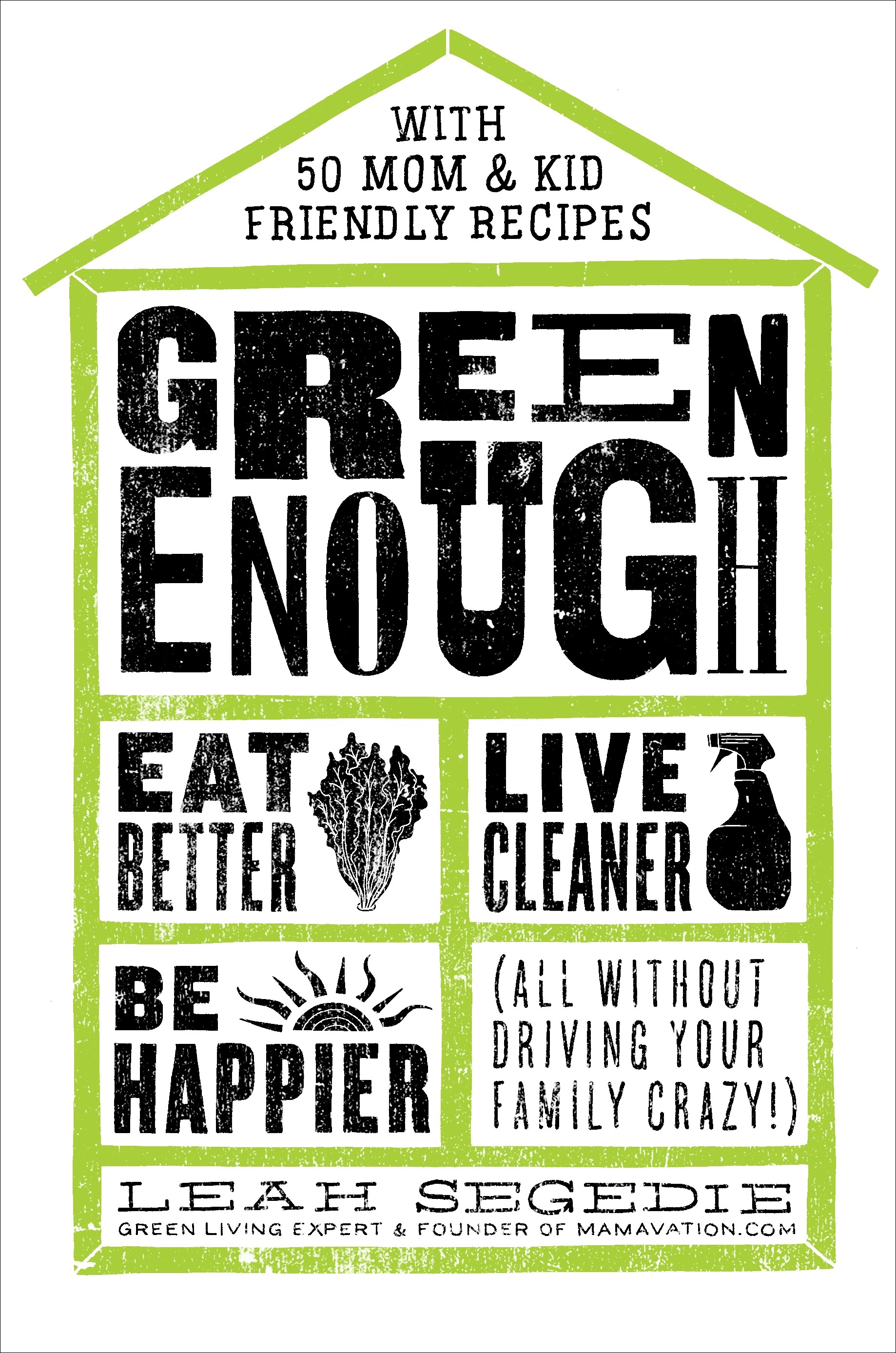
GREEN ENOUGH: Eat Better, Live Cleaner, Be Happier (All Without Driving Your Family Crazy!)
Leah Segedie
Rodale
March 20, 2018
$22.99/Hardcover
ISBN-13: 978-1623367602
Leah Segedie
Rodale
March 20, 2018
$22.99/Hardcover
ISBN-13: 978-1623367602
 Leah Segedie is the creator of Mamavation.com and CEO of eco-wellness conference ShiftCon. She has spent the last decade uncovering the deceptive marketing and fallacious propaganda embedded in our everyday lives from corporations and the food industry. Through her blog, thousands of moms have detoxified their lives and the lives of their children. She lives with her family in Southern California.
Leah Segedie is the creator of Mamavation.com and CEO of eco-wellness conference ShiftCon. She has spent the last decade uncovering the deceptive marketing and fallacious propaganda embedded in our everyday lives from corporations and the food industry. Through her blog, thousands of moms have detoxified their lives and the lives of their children. She lives with her family in Southern California.
What’s really in that cleaning spray? Those tortilla chips? That deodorant? Brace yourself- in GREEN ENOUGH, Mamavation blogger Leah Segedie uncovers the truth behind the food and household products that are filled with synthetic chemicals and toxins. From furniture to packaged food, Leah empowers you to detoxify your home, diet, and lifestyle, guiding you toward making clean choices. It’s not about being perfect – none of us are – it’s about being green enough. In this book, she…